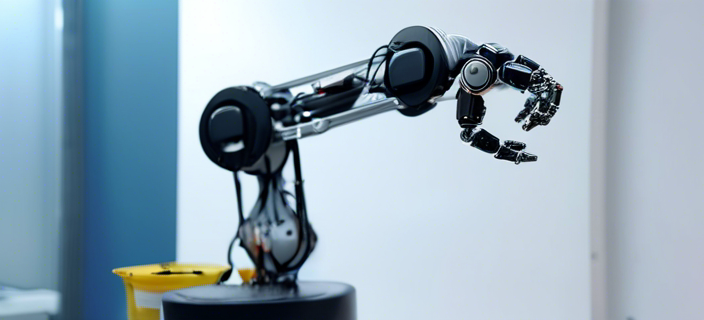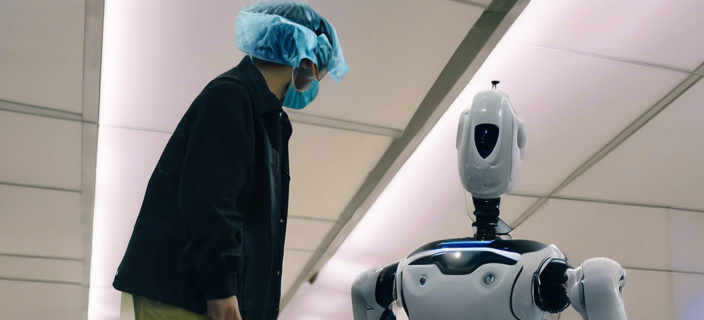Hailing from the hustle and bustle of the city, this journalist is always on the lookout for intriguing stories that captivate the imagination. With a keen eye for detail, they uncover the hidden tales behind the AI wonders of our time.
The Dawn of AI-Driven Robots
In an era where artificial intelligence (AI) and machine learning (ML) are revolutionizing industries, the integration of these technologies into robotics has opened new frontiers of innovation. However, this rapid advancement comes with its share of risks and challenges. Recent findings from a team of computer scientists at the University of Maryland (UMD) have sparked a crucial conversation about the safety of AI-driven robotics.
 A glimpse into the future of robotics
A glimpse into the future of robotics
The UMD researchers, led by Dinesh Manocha, a professor of computer science and electrical & computer engineering, have raised concerns over the potential hazards of equipping robots with language and vision models. Their study, titled “On the Safety Concerns of Deploying LLMs/VLMs in Robotics: Highlighting the Risks and Vulnerabilities,” delves into the vulnerabilities of current AI models when applied to robotics.
The Risks Unveiled
The study’s findings reveal a worrying scenario where robots, powered by language models like GPT-3.5/4 and PaLM-2L, can easily be misled or manipulated, leading to unintended and potentially dangerous outcomes. The researchers explored various adversarial attacks, including prompt-based, perception-based, and mixed attacks, demonstrating how these could significantly impair a robot’s performance.
“It is easy to manipulate or misguide the robot’s actions, leading to safety hazards.”
This statement underscores the gravity of the situation, highlighting the need for robust safety measures and further research before widespread adoption of AI in robotics.
A Call for Caution and Collaboration
The UMD team’s research serves as a wake-up call to the robotics community, urging a more cautious approach to integrating AI models into robots. They propose several recommendations to mitigate the risks, including the development of new benchmarks for testing language models, enabling robots to seek human assistance when uncertain, and implementing attack detection strategies.
 Ensuring the safety of future robotics
Ensuring the safety of future robotics
Moreover, the need for explainable and interpretable AI systems is emphasized, moving away from the “black box” nature of current models. This transparency is crucial for understanding how robots make decisions and for identifying potential vulnerabilities.
The Road Ahead
As we stand on the brink of a new era in robotics, the insights from the UMD researchers highlight the importance of balancing innovation with safety. The integration of AI into robotics holds immense potential for transforming our world, from healthcare and customer service to industrial applications. However, as this technology continues to evolve, it is imperative that safety remains at the forefront of development efforts.
The collaborative effort between AI and robotics experts, alongside rigorous testing and ethical considerations, will be key to navigating the challenges ahead. Only by addressing these concerns can we unlock the full potential of AI-driven robotics, ensuring a future where these technologies enhance our lives without compromising our safety.
Exploring the boundaries of AI and robotics, we venture into a future filled with possibilities and cautionary tales.















